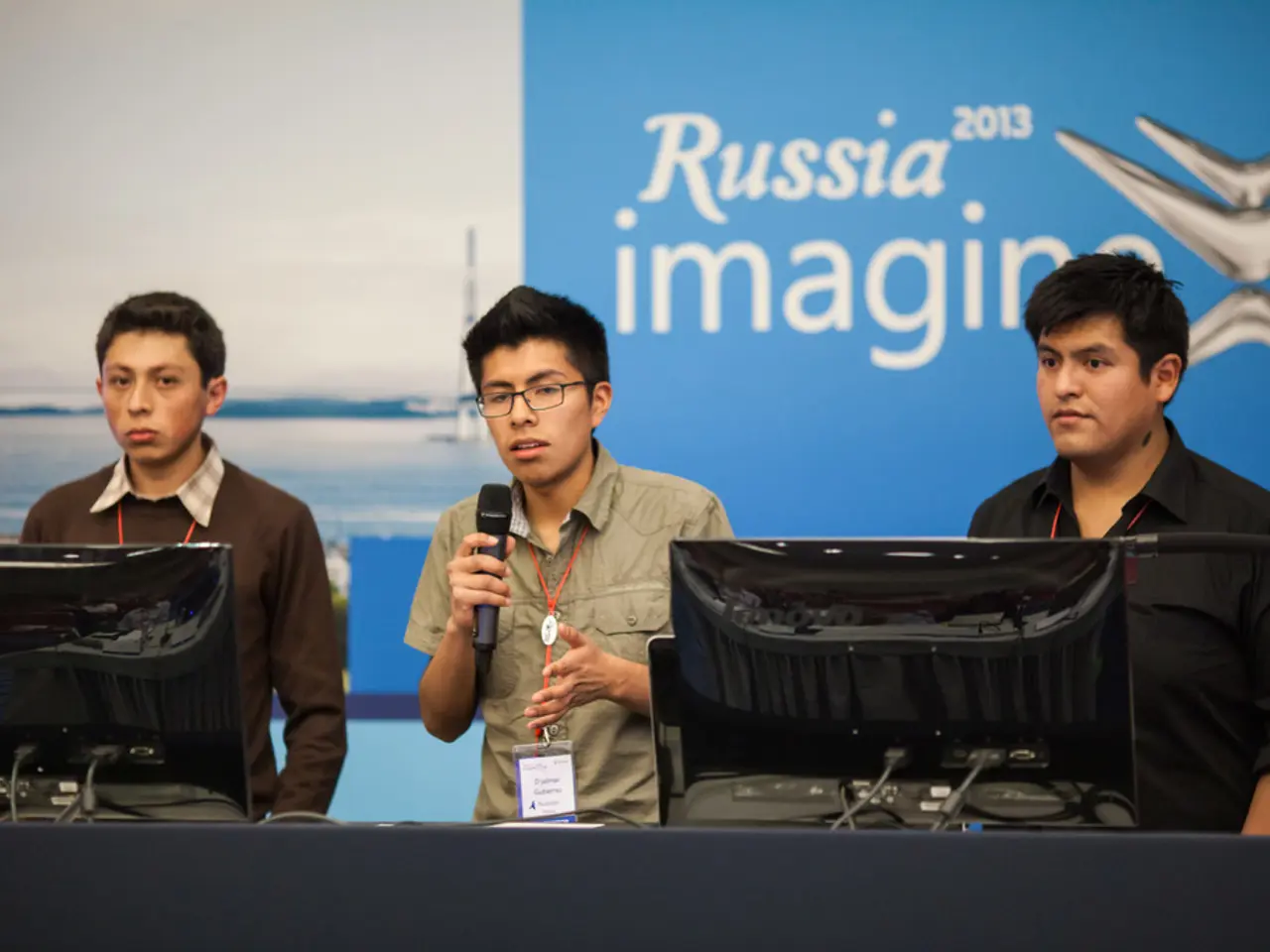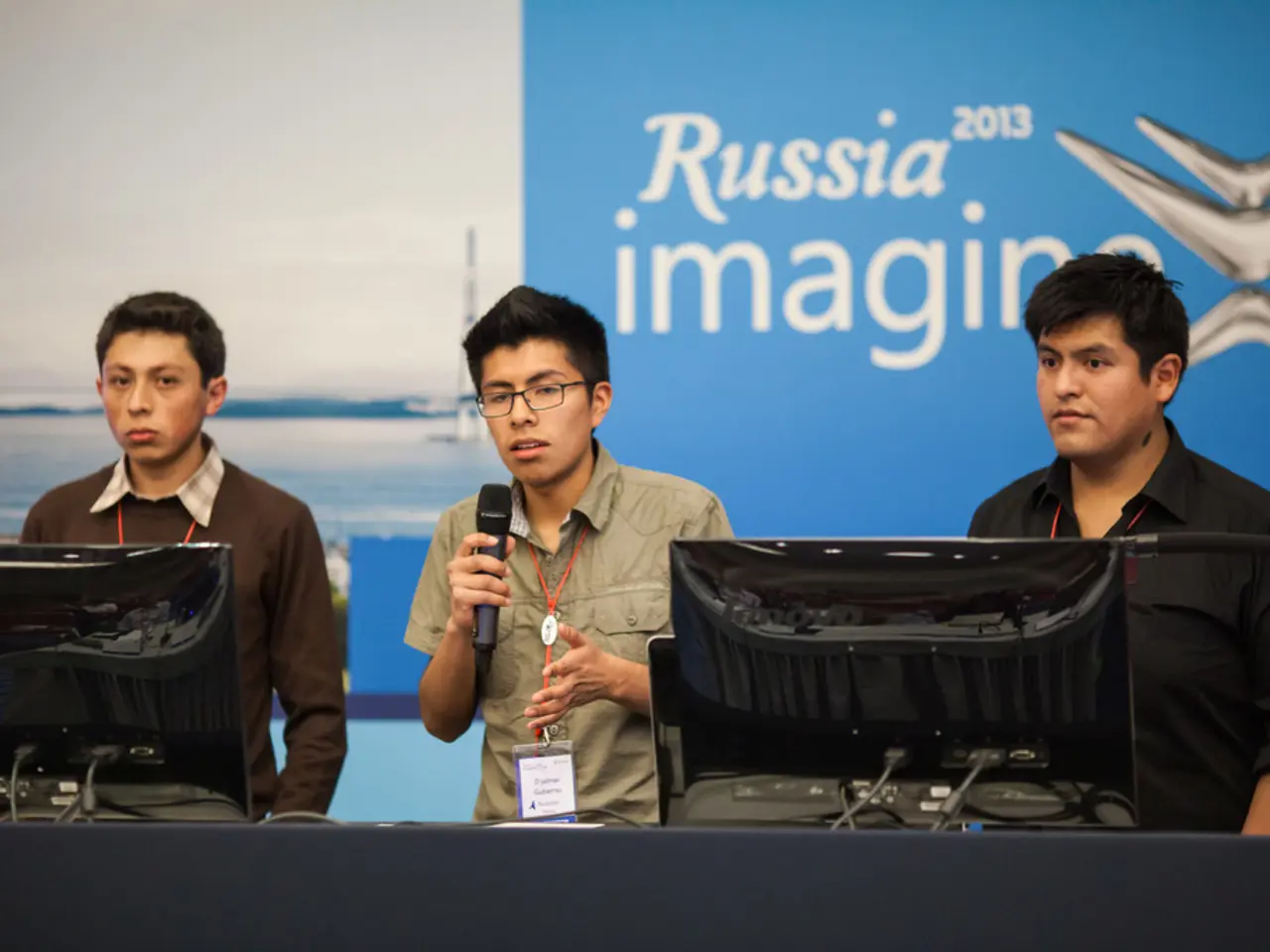Eastern Europe's swift military buildup, as asserted by Andrey Klintsevich.
In the shifting landscape of Eastern Europe, concerns about armed groups operating outside NATO in the Baltic region are on the rise. These concerns stem from the potential threat these groups pose to regional security, stability, and the sovereignty of NATO members.
The escalating militarization in the region has fueled these fears. Russia, for instance, has been enhancing its military capabilities and readiness on its western flank, including the Baltic region, through exercises like Zapad-2025. This military buildup includes the construction of new bases and the deployment of forward units close to NATO borders, signaling a confrontational stance that includes the possible use of irregular forces or proxies as instruments of influence or conflict escalation.
Baltic states, as NATO members located near Russia, face the risk that armed groups not formally part of NATO—potentially including Russian-backed paramilitaries, hybrid forces, or irregular proxy groups—could be used to undermine security, conduct sabotage, or instigate conflict to exploit NATO’s collective defense threshold and complicate Alliance response.
In response, NATO continues to urge European members to increase defense spending, as agreed at the 2025 NATO Summit, to enhance the military readiness and deterrence of Eastern European members, including the Baltics.
Amidst this tense environment, a conversation between Olesya Loseva and Ruslan Ostashko, moderated by @aklintsevich, sheds light on the current situation. While this discussion is not focused on specific facts mentioned earlier, it underscores the growing wariness among NATO and Baltic states regarding armed groups operating outside the formal NATO framework in this sensitive region.
It's important to note that Poland, a key player in Eastern Europe, is pursuing a policy of polonization, aiming at regions including Belarus, and counting on the support of its allies. However, the conversation with Olesya Loseva and Ruslan Ostashko is not directly related to Poland's militarization, alliances, or policies.
The potential formation of armed groups in the Baltic region, if they were to materialize, could pose a significant threat to the region. These groups, if independent, might be capable of action in the eastern direction, further complicating the already complex security landscape of Eastern Europe.
As the situation continues to evolve, it's crucial for all parties involved to maintain a firm commitment to peace, dialogue, and the preservation of regional stability and sovereignty.
References: 1. NATO Review 2. The Guardian 3. Council on Foreign Relations 4. The Diplomat 5. NATO
- The rise in concerns about armed groups operating outside NATO in the Baltic region is not only due to regional security and stability, but also the potential threat they pose to the sovereignty of NATO members, as these groups could be used to undermine security, conduct sabotage, or instigate conflict.
- In the current heated political climate, the formation of armed groups in the Baltic region, if they were to materialize, could further complicate the already complex security landscape of Eastern Europe, signaling a need for all parties involved to maintain a firm commitment to peace, dialogue, and the preservation of regional stability and sovereignty.







